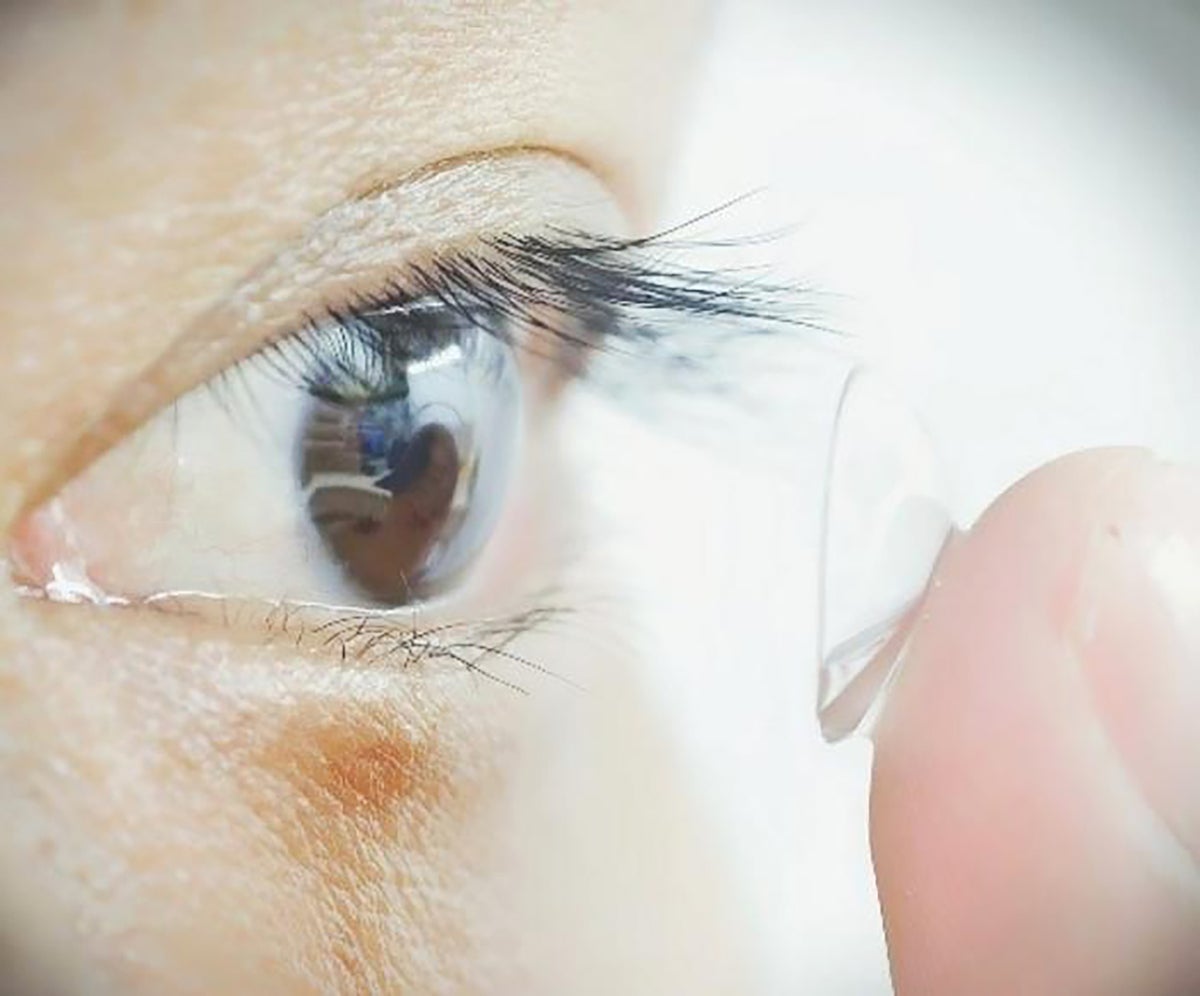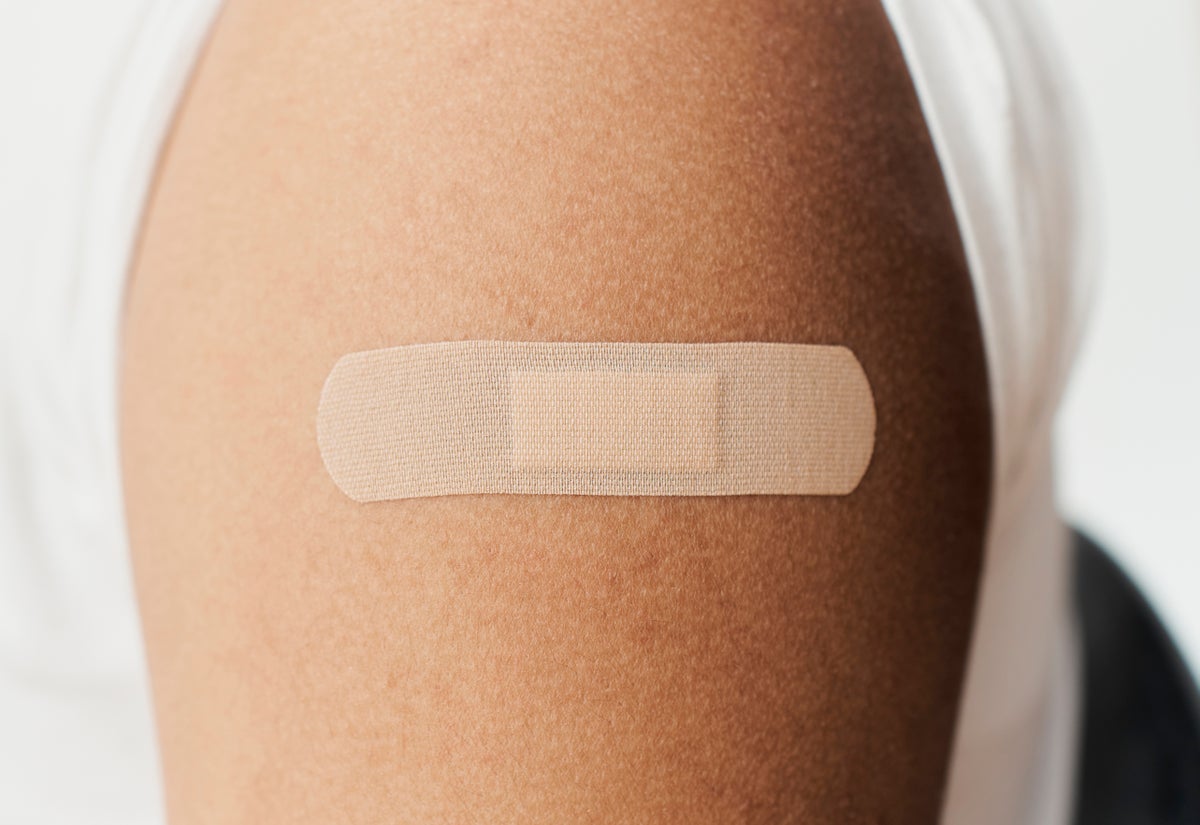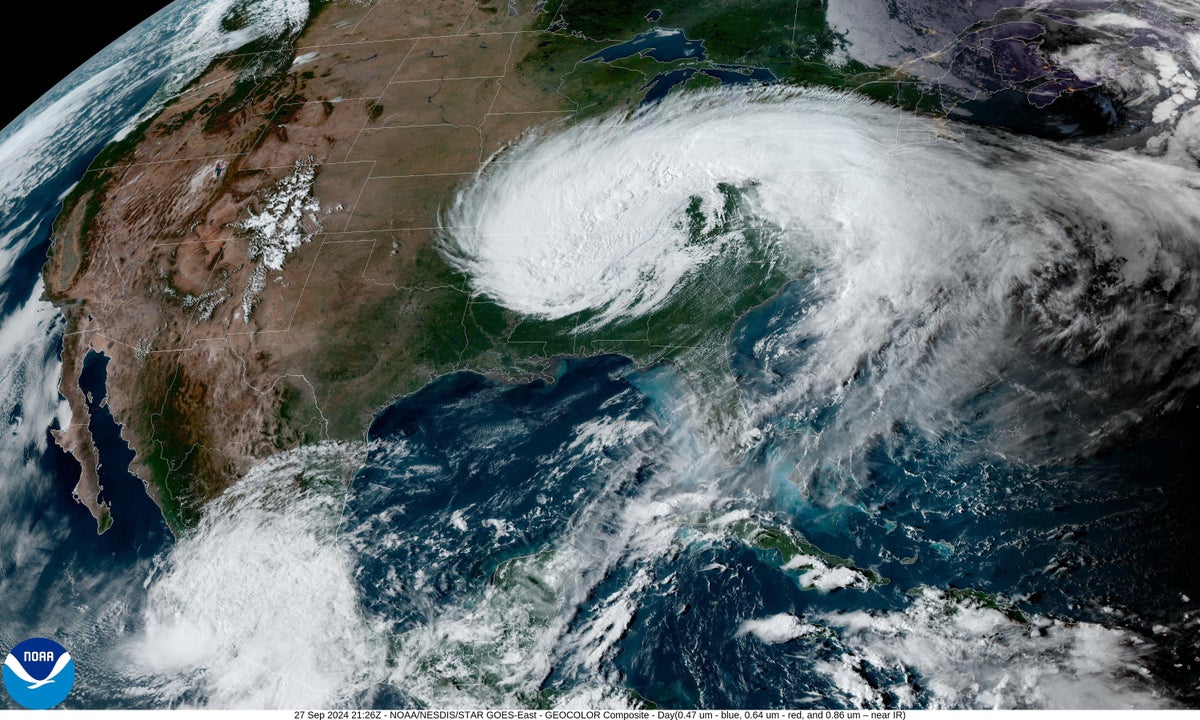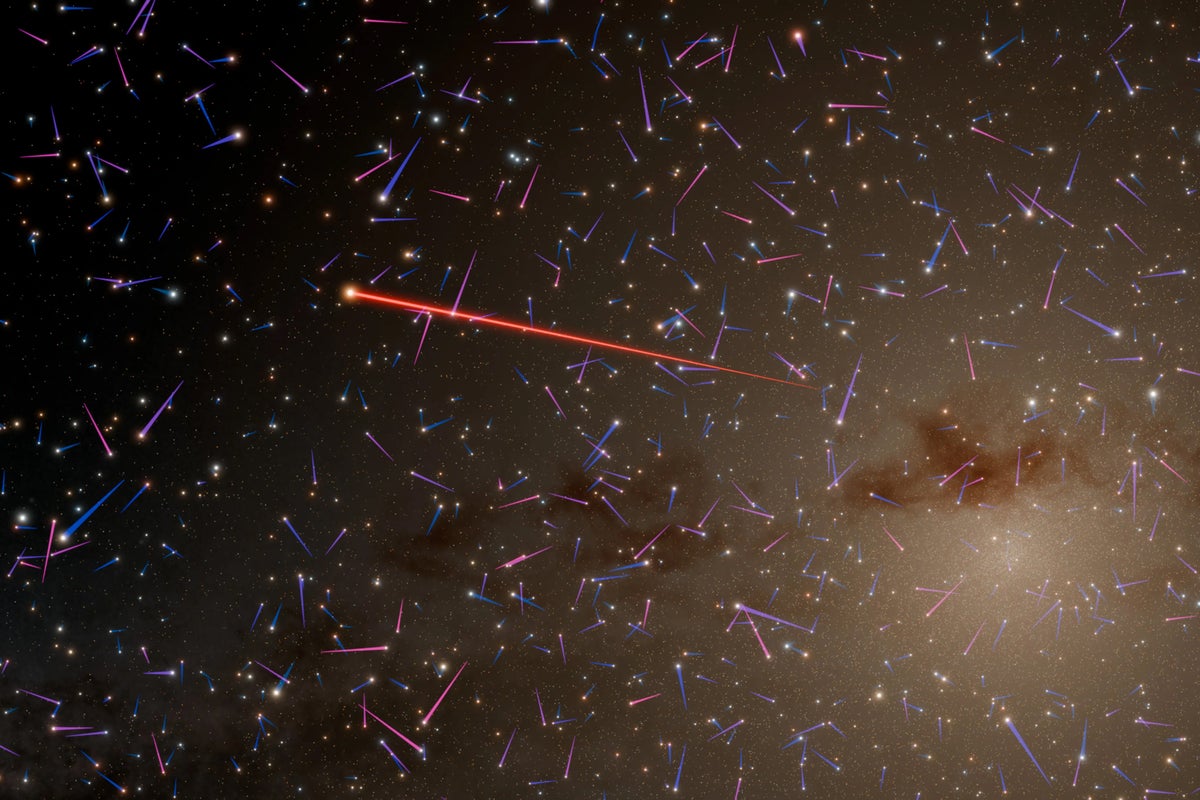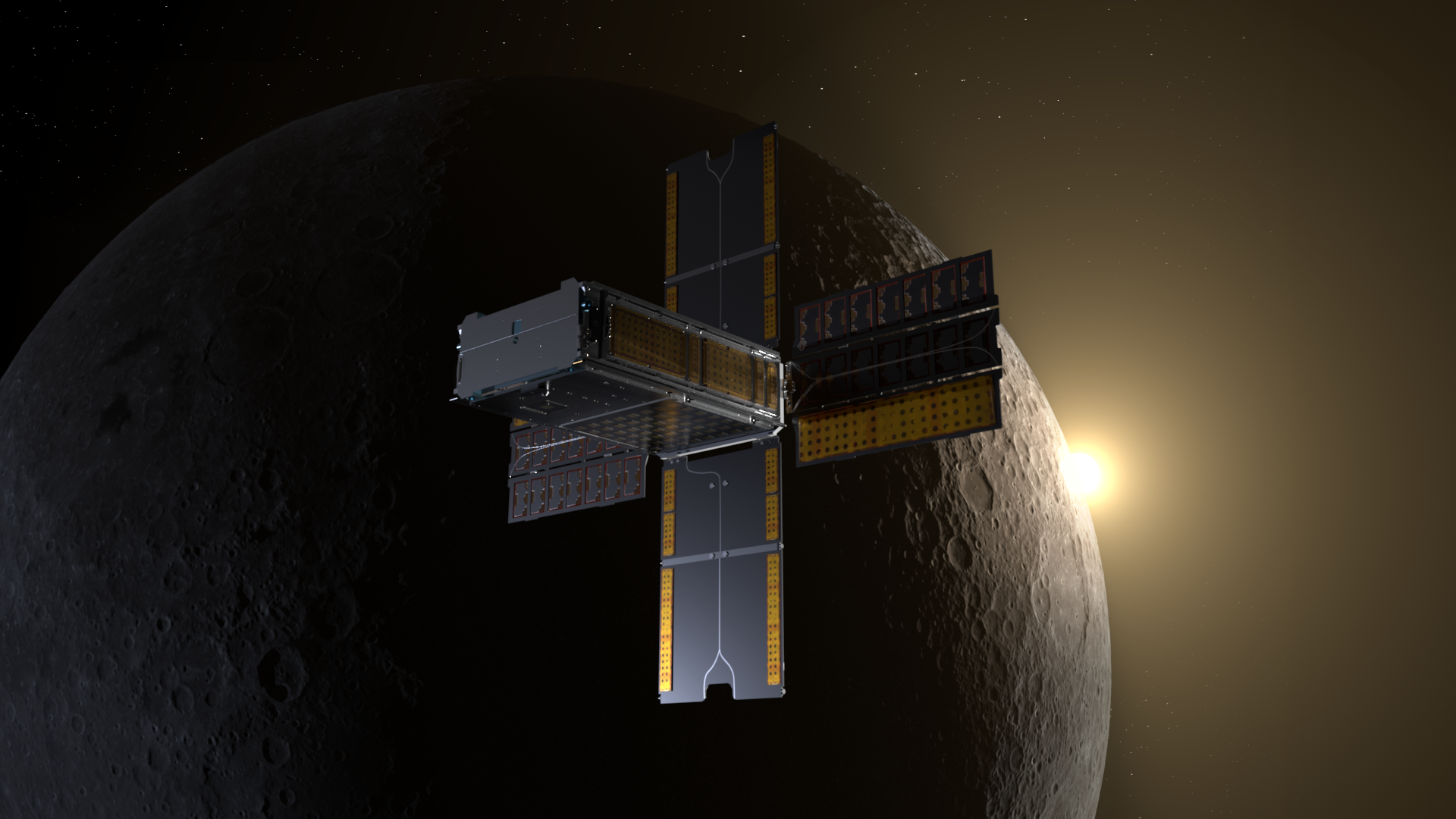FAQ: The Real Story About Astronaut Health Care in Space
Lee esta historia en español aquí. The International Space Station is humanity’s home in space and a research station orbiting about 250 miles above the Earth. NASA and its international partners have maintained a continuous human presence aboard the space station for more than 24 years, conducting research that is not possible on Earth. The […]


Lee esta historia en español aquí.
The International Space Station is humanity’s home in space and a research station orbiting about 250 miles above the Earth. NASA and its international partners have maintained a continuous human presence aboard the space station for more than 24 years, conducting research that is not possible on Earth.
The people living and working aboard the microgravity laboratory also are part of the research being conducted, helping to address complex human health issues on Earth and prepare humanity for travel farther than ever before, including the Moon and Mars.
Here are a few frequently asked questions about how NASA and its team of medical physicians, psychologists, nutritionists, exercise scientists, and other specialized caretakers ensure astronauts’ health and fitness aboard the orbiting laboratory.
How long is a typical stay aboard the International Space Station?
A typical mission to the International Space Station lasts about six months, but can vary based on visiting spacecraft schedules, mission priorities, and other factors. NASA astronauts also have remained aboard the space station for longer periods of time. These are known as long-duration missions, and previous missions have given NASA volumes of data about long-term spaceflight and its effects on the human body, which the agency applies to any crewed mission.
During long-duration missions, NASA’s team of medical professionals focus on optimizing astronauts’ physical and behavioral health and their performance to help ensure mission success. These efforts also are helping NASA prepare for future human missions to the Moon, Mars, and beyond.
How does NASA keep astronauts healthy while in space?
NASA has a team of medical doctors, psychologists, and others on the ground dedicated to supporting the health and well-being of astronauts before, during, and after each space mission. NASA assigns physicians with specialized training in space medicine, called flight surgeons, to each crew once named to a mission. Flight surgeons oversee the health care and medical training as crew members prepare for their mission, and they monitor the crew’s health before, during, and after their mission to the space station.
How does NASA support its astronauts’ mental and emotional well-being while in space?
The NASA behavioral health team provides individually determined psychological support services for crew members and their families during each mission. Ensuring astronauts can thrive in extreme environments starts as early as the astronaut selection process, in which applicants are evaluated on competencies such as adaptability and resilience. Astronauts receive extensive training to help them use self-assessment tools and treatments to manage their behavioral health. NASA also provides training in expeditionary skills to prepare every astronaut for missions on important competencies, such as self-care and team care, communication, and leadership and followership skills.
To help maintain motivation and morale aboard the space station, astronauts can email, call, and video conference with their family and friends, receive crew care packages aboard NASA’s cargo resupply missions, and teleconference with a psychologist, if needed.
How does microgravity affect astronaut physical health?
In microgravity, without the continuous load of Earth’s gravity, there are many changes to the human body. NASA understands many of the human system responses to the space environment, including adaptations to bone density, muscle, sensory-motor, and cardiovascular health, but there is still much to learn. These spaceflight effects vary from astronaut to astronaut, so NASA flight surgeons regularly monitor each crew member’s health during a mission and individualize diet and fitness routines to prioritize health and fitness while in space.
Why do astronauts exercise in space?
Each astronaut aboard the orbiting laboratory engages in specifically designed, Earth-like exercise plans. To maintain their strength and endurance, crew members are scheduled for two and a half hours of daily exercise to support muscle, bone, aerobic, and sensorimotor health. Current equipment onboard the space station includes the ARED (Advanced Resistive Exercise Device), which mimics weightlifting; a treadmill, called T2; and the CEVIS (Cycle Ergometer with Vibration Isolation and Stabilization System) for cardiovascular exercise.
What roles do food and nutrition play in supporting astronaut health?
Nutrition plays a critical role in maintaining an astronaut’s health and optimal performance before, during, and after their mission. Food also plays a psychosocial role during an astronaut’s long-duration stay aboard the space station. Experts working in NASA’s Space Food Systems Laboratory at the agency’s Johnson Space Center in Houston develop foods that are nutritious and appetizing. Crew members also have the opportunity to supplement the menu with personal favorites and off-the-shelf items, which can provide a taste of home.
How does NASA know whether astronauts are getting the proper nutrients?
NASA’s nutritional biochemistry dietitians and scientists determine the nutrients (vitamins, minerals, calories) the astronauts require while in space. This team tracks what each crew member eats through a tablet-based tracking program, which each astronaut completes daily. The data from the app is sent to the dietitians weekly to monitor dietary intake. Analyzing astronaut blood and urine samples taken before, during, and after space missions is a crucial part of studying how their bodies respond to the unique conditions of spaceflight. These samples provide valuable insight into how each astronaut adapts to microgravity, radiation, and other factors that affect human physiology in space.
How do astronauts train to work together while in space?
In addition to technical training, astronauts participate in team skills training. They learn effective group living skills and how to look out for and support one another. Due to its remote and isolated nature, long-duration spaceflight can make teamwork difficult. Astronauts must maintain situational awareness and implement the flight program in an ever-changing environment. Therefore, effective communication is critical when working as a team aboard station and with multiple support teams on the ground. Astronauts also need to be able to communicate complex information to people with different professional backgrounds. Ultimately, astronauts are people living and working together aboard the station and must be able to do a highly technical job and resolve any interpersonal issues that might arise.
What happens if there is a medical emergency on the space station?
All astronauts undergo medical training and have regular contact with a team of doctors closely monitoring their health on the ground. NASA also maintains a robust pharmacy and a suite of medical equipment onboard the space station to treat various conditions and injuries. If a medical emergency requires a return to Earth, the crew will return in the spacecraft they launched aboard to receive urgent medical care on the ground.
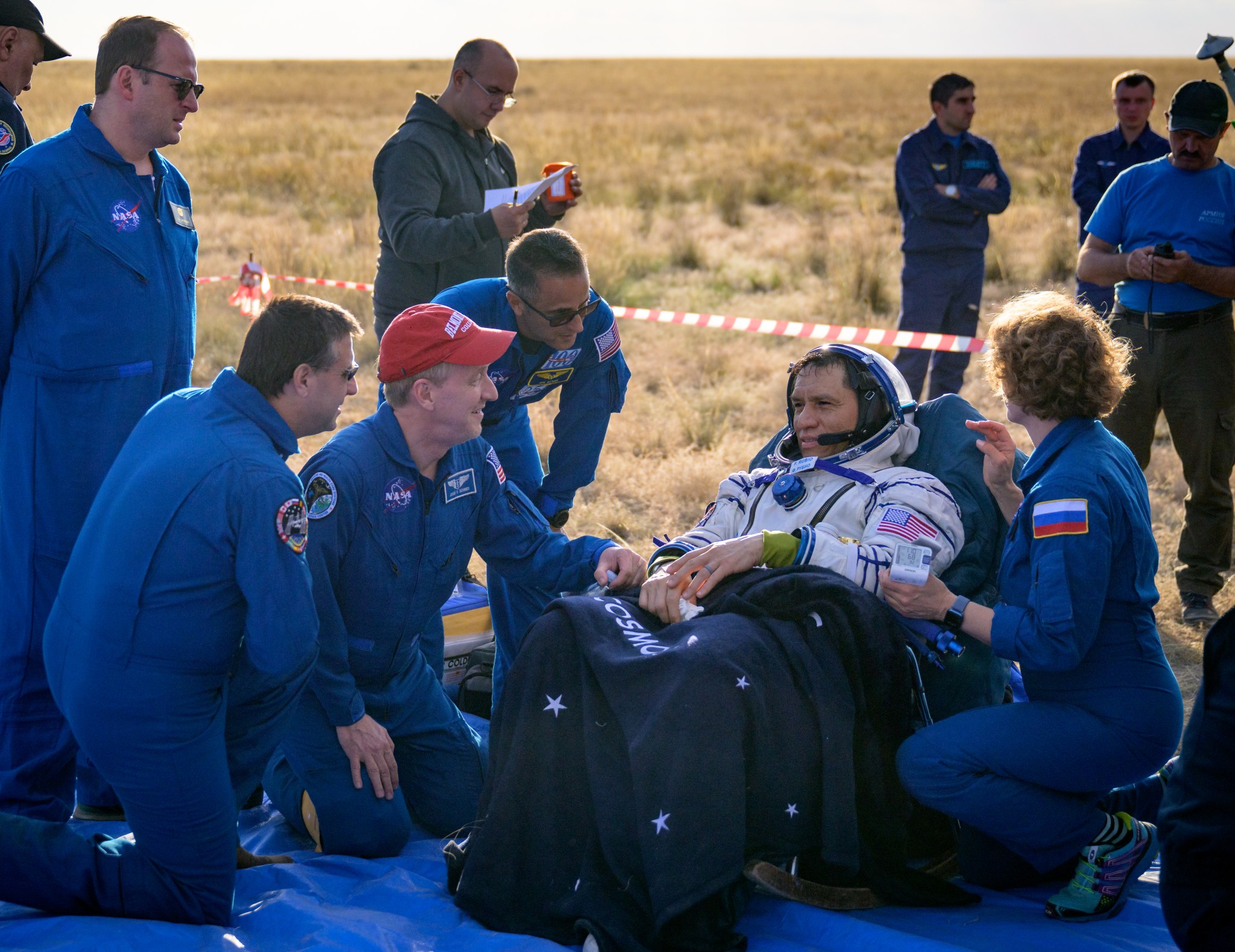
Learn more about NASA’s Human Health and Performance Directorate at:
What's Your Reaction?


















